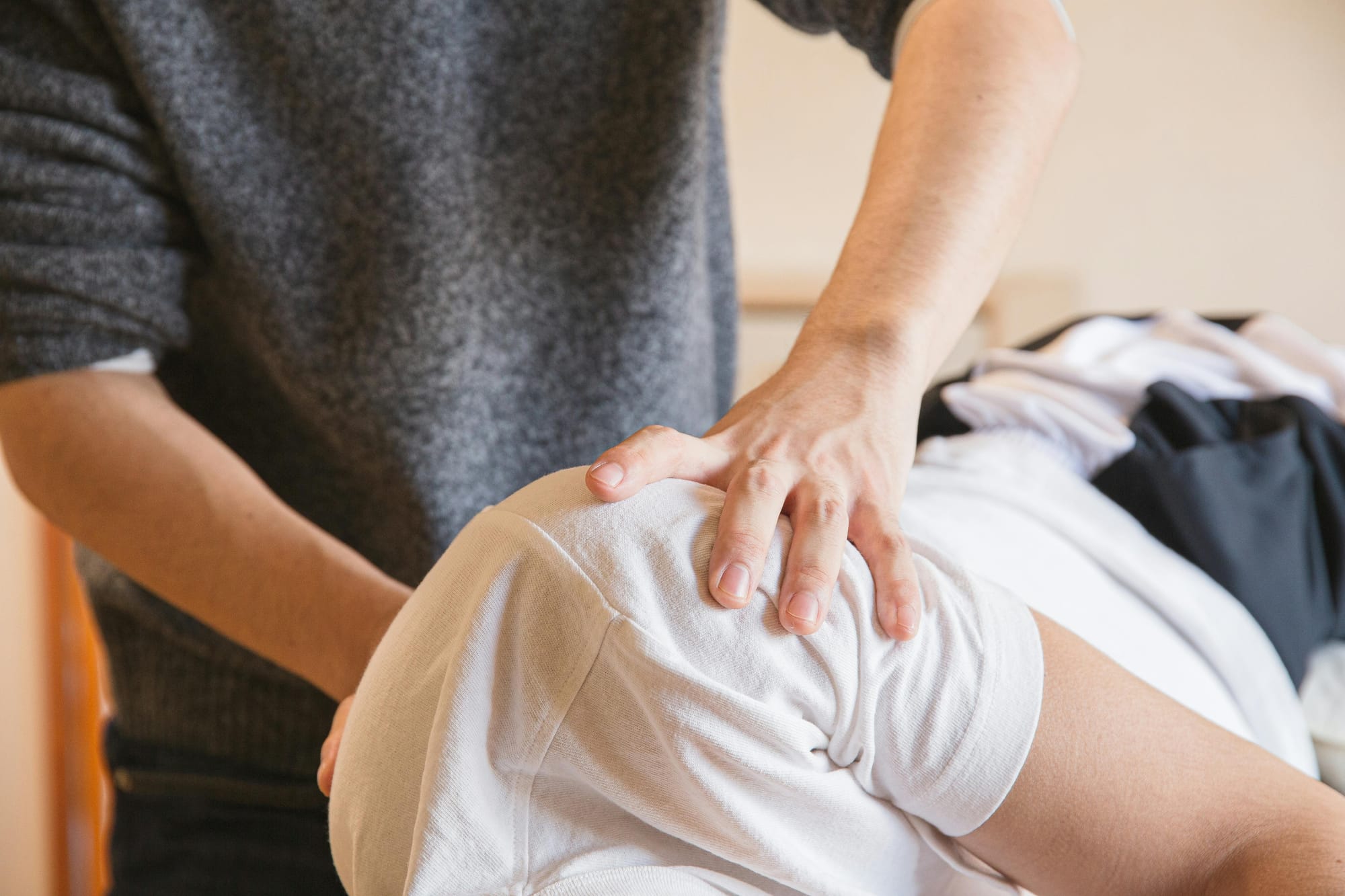Joint pain can make everyday tasks harder. It might feel like a dull ache or a sharp sting in your knees, elbows, or other joints. This pain can come from different things, like arthritis, injuries, or even infections. The good news is that there are many ways to treat it, so you can feel better and move more easily.

What Causes Joint Pain?
There are many reasons why joints hurt. One of the biggest causes is arthritis—a condition that makes joints swell and ache. The most common type, osteoarthritis (OA), happens when the smooth cartilage covering the ends of bones wears down over time. According to the National Center for Health Statistics, about 23% of adults in the U.S. have some form of arthritis.
Joint pain can also come from injuries, infections, or diseases like rheumatoid arthritis (RA), which is an autoimmune condition that attacks the joints. Even things like sitting too long or having bad posture can lead to pain.
Finding Out What’s Wrong
Before starting any treatment, it’s important to figure out why your joints hurt. Sometimes, what feels like joint pain is actually caused by a muscle strain or a bone injury. A doctor can check what’s causing your pain and make sure you get the right treatment.
Catching problems early—especially arthritis—can help slow the damage and make it easier to manage.
How to Treat Joint Pain?
There are many ways to help joint pain. Some people need medicine, while others get relief from exercise or lifestyle changes. The best treatment depends on what’s causing the pain and how bad it is.
Medicines That Can Help
Doctors often recommend different medicines to treat joint pain, including:
- NSAIDs (nonsteroidal anti-inflammatory drugs) like ibuprofen (Advil, Motrin) or naproxen (Aleve) to reduce swelling and pain. Shop for OTC NSAIDs.
- Acetaminophen (Tylenol), which helps with pain but doesn’t reduce swelling. Shop for acetaminophen.
- Prescription NSAIDs like diclofenac (Voltaren) or celecoxib (Celebrex) for stronger pain relief. Shop for Arthritis Pain Gel
- Steroids like prednisone or cortisone to fight inflammation (but these should be used carefully). Shop for steroids.
- DMARDs (disease-modifying antirheumatic drugs) for people with RA to slow the disease. Shop for DMARDs.
- Biologic drugs, like duloxetine which work on specific parts of the immune system to reduce inflammation. Shop for biologic drugs.
Injections and Creams
Sometimes, medicines don’t work well enough on their own. In these cases, a doctor may suggest:
- Steroid joint injections, which can help reduce swelling and pain for a few months.
- Hyaluronic acid injections, which add lubrication to joints affected by OA.
- Topical creams and gels, like those with capsaicin, menthol, or diclofenac, which can be rubbed onto painful joints. Shop for topical analgesics.
Exercise and Physical Therapy
Moving your body can actually help joint pain. Physical therapy is a great way to strengthen the muscles around your joints and keep them flexible.
Some of the best low-impact exercises include:
According to the CDC, people with arthritis should aim for 150 minutes of exercise each week. A physical therapist may also recommend wearing a brace for extra support.
Simple Lifestyle Changes That Help
Making small changes in your daily life can also make a big difference. Here are some easy ways to reduce joint pain:
- Use heat and cold therapy: A warm shower or heating pad can relax stiff joints, while ice packs can help reduce swelling.
- Eat a joint-friendly diet: Foods rich in omega-3s, like fish, walnuts, and flaxseeds, can help fight inflammation. Bright-colored fruits and vegetables are also great for joint health.
- Maintain a healthy weight: Extra weight puts more pressure on your knees, hips, and spine. Losing even a little weight can ease joint stress.
- Try supplements: Some people find relief with fish oil, glucosamine, chondroitin, or ginger. While they don’t work for everyone, they may help with inflammation.
When to See a Doctor
If your joint pain is mild, you might be able to manage it at home. However, you should see a doctor if you notice:
- Severe swelling or redness in the joint
- A fever along with joint pain
- Sudden loss of movement in a joint
- Pain that keeps getting worse
Getting help early can prevent more serious problems and keep you moving.
Final Thoughts
Joint pain can be frustrating, but there are many ways to treat it. Medications, exercise, lifestyle changes, and home remedies can all help make you feel better. If your pain doesn’t improve, talk to a doctor about the best treatment plan for you. The earlier you take action, the better your joints will feel in the long run!
